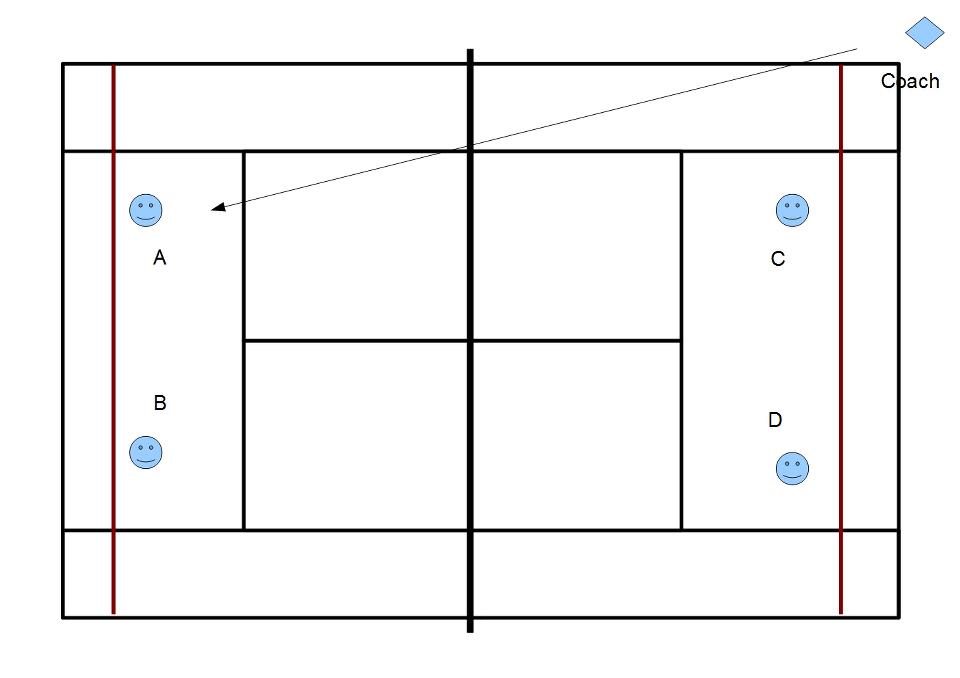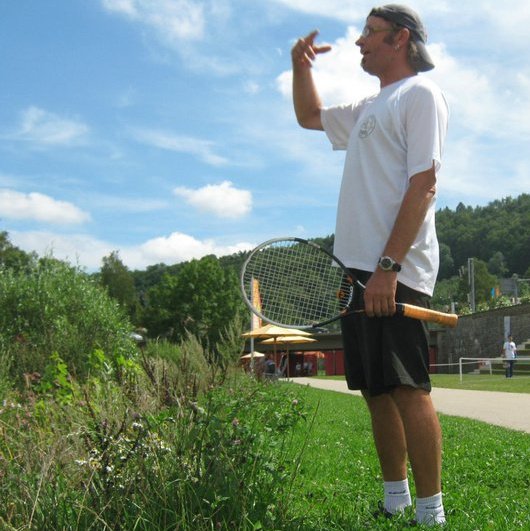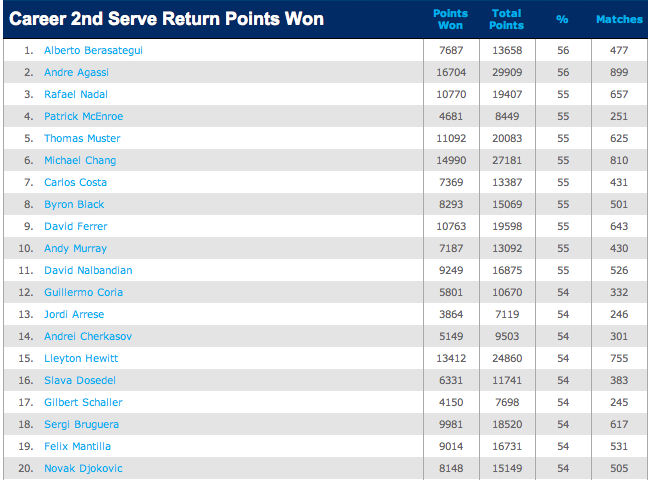Chill Out, Bro
 Saturday, December 24, 2011 at 09:08AM
Saturday, December 24, 2011 at 09:08AM  CAtennis
CAtennis  It is clear that intense competition can cause athletes to react both physically and mentally in a manner which negatively affects their performance abilities. Tennis players are not an exception to this rule. This is particularly true for the first tournament match (i.e. before the player has found his/her rhythm and concentration zone). In one study, results showed a cortisol response to competition, which was especially characterized by an anticipatory rise. Males had the same pattern of cortisol responses than females, even if the cortisol concentrations were significantly higher in females the day of the competition, Psychophysiological stress in tennis players during the first single match of a tournament, Psychoneuroendocrinology. 2009 Jan (Filaire E., Alix D., Ferrand C., Verger M.)
It is clear that intense competition can cause athletes to react both physically and mentally in a manner which negatively affects their performance abilities. Tennis players are not an exception to this rule. This is particularly true for the first tournament match (i.e. before the player has found his/her rhythm and concentration zone). In one study, results showed a cortisol response to competition, which was especially characterized by an anticipatory rise. Males had the same pattern of cortisol responses than females, even if the cortisol concentrations were significantly higher in females the day of the competition, Psychophysiological stress in tennis players during the first single match of a tournament, Psychoneuroendocrinology. 2009 Jan (Filaire E., Alix D., Ferrand C., Verger M.)
Accordingly, the purpose of practice is to prepare the body and mind for the stresses of performance. Good coaches will provide their students with a lot of the skills necessary to thrive under pressure. However, there's one skill that is hardly ever practiced and that's how the player interacts with the parent immediately before the match. Another study found that tennis parents are usually stressed by 7 different factors: competition, coaches, finance, time, siblings, organization-related, and developmental, Understanding parental stressors: an investigation of British tennis-parents, J Sports Sci. 2009 Feb 15 (Harwood C., Knight C.) So where the player is stressed by 1 factor - competition - the parents seem to be stressed by 6 other factors. It doesn't take much to figure out that uncontrolled parental anxiety can be filtered down to the players thereby increasing their anxiety levels. Furthermore, where the parents may be stressed about the price of gas and overall cost of tournament, the player can be led to feel that the match is of utmost importance (thereby adding to the child's stress levels concerning competition). Add to this some ill-timed or ill-conceived post-match statements or questions, and it's easy to see how some players start to overemphasize the role of winning in the development (thereby repeating and increasing the stress cycle).
So what can the coach do to prepare the student for the pre-match car-ride (assuming, of course, that the coach is separate from the parent)? In this regard, the coaches' role is to train the parents. First of all, it is important for the player to play practice matches where the parent drops off the student to the courts. Sometimes, the parent will watch the practice match; other times, s/he will run errands. Practice match results aren't important, but the things that are learned through this process are very important. In this regard, dropping off the kid to a practice match serves as behavioral training for the parents as well - if this practice is, in fact, regarded as such. Parents can monitor their practice-match stress levels and conversation with their children and see how it matches up with a "real" match scenario. Second, some parents have found it easier to dissociate competition from the trip. For example, they can find "cool things to do" in the area of the tournament and, whenever, the conversation turns too serious towards the match, they can emphasize that they are so excited about having the opportunity to go to such-and-such mall or museum or visit whatever landmark. Again, the child is helped to remember that there are more things in life besides tennis. Tennis is simply one of the processes (the best one, in our opinion) for learning about life. Third, any conversation regarding the match should be kept to "practical" topics: what's the game plan? What do you know about this kid? How are you going to approach the first 3 games of the match? What happens if your first game plan fails; what's your back-up plan? How are you taking into account the conditions? Etc. In other words, winning/losing is implied so talking about "kicking his butt" or "go get 'em" is only of limited value. Furthermore, rather than telling the player what to do ("make sure that you..."), have him/her become devise the plan. In other words, make the association that you're more interested in the process than the result. Lastly, this talk should be saved for the last couple of minutes of the car-ride. Use the duration of a car-ride to a practice match as your rule of thumb. For example, if the practice-match ride is only 10 minutes, then it's probably best to not wear out the kid with tennis-related matters for 1hr 45mins prior to the match...this is draining and stressful and most children cannot bear the additional baggage.






